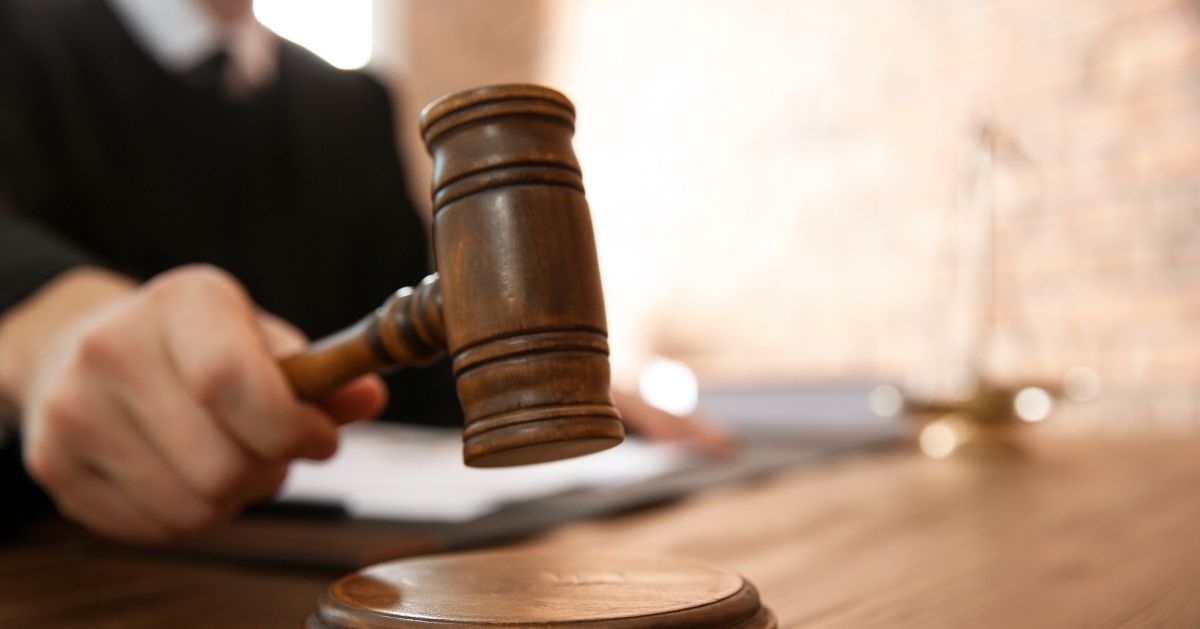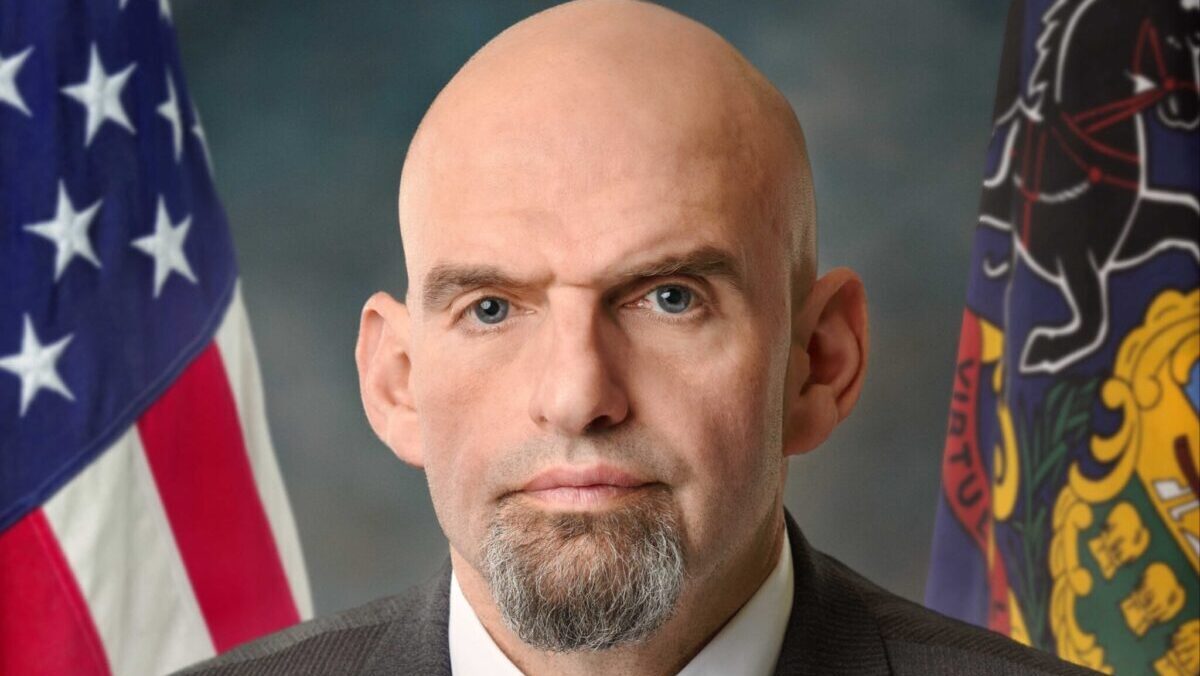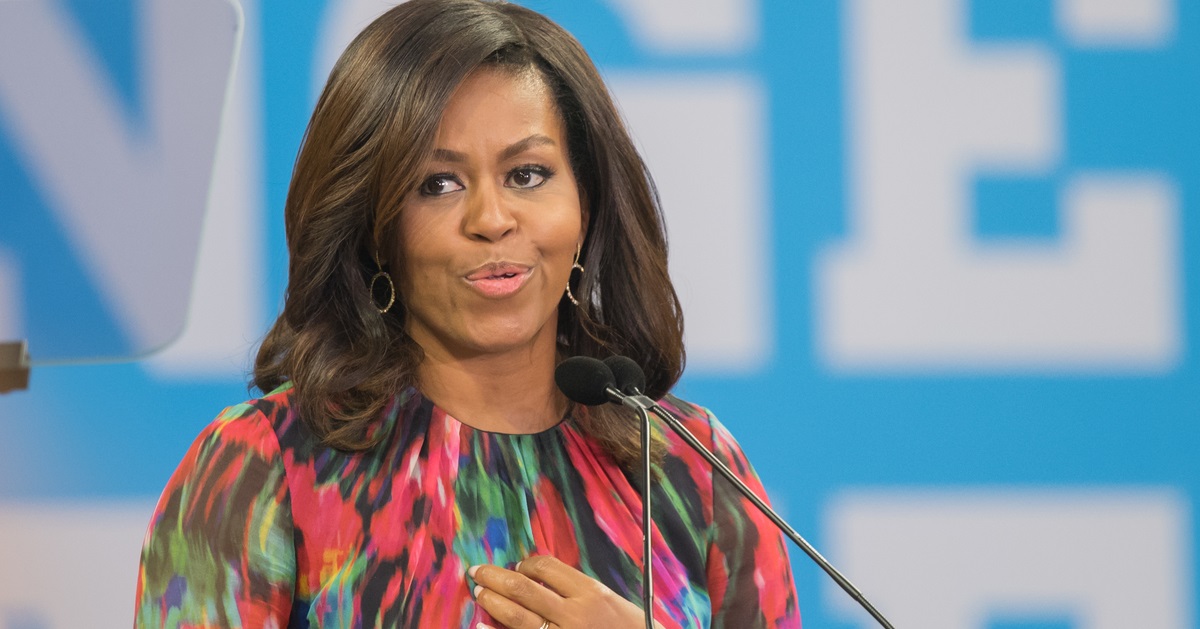Michelle Obama reflects on intense scrutiny as first Black First Lady
Ever wonder how a First Lady’s wardrobe could become a cultural battlefield? Michelle Obama’s latest book, “The Look,” dives into that very question, unpacking her experience as the first Black woman in the role and the unrelenting spotlight she faced.
At its core, this book, set to release on Nov. 4, explores Obama’s fashion journey from her White House days to her post-administration life, while tying her choices to broader themes of race and gender bias in American society.
Let’s start at the beginning: Obama’s tenure as First Lady was marked by a self-described pressure to be flawless. As the first Black couple in the White House, she and her husband felt they had no room for error in the public eye. It’s a fair point—trailblazers often bear a heavier burden—but one wonders if this narrative overplays the victim card in a nation that elected them twice.
Unpacking the 'White Hot Glare' Narrative
Obama doesn’t shy away from the racial lens in “The Look,” claiming she endured a “particularly white hot glare” unlike her predecessors. It’s a striking image, but let’s be real: every First Lady faces intense scrutiny, whether it’s Melania Trump’s high-fashion snubs by the media or Nancy Reagan’s designer gowns. The question isn’t whether the glare existed, but whether it’s uniquely tied to race or simply the nature of the role.
She doubles down, stating, “We didn’t get the grace that I think some other families have gotten” (Michelle Obama). Fair enough—public life is brutal—but this framing risks ignoring how political polarization, not just race, fuels criticism of any administration. Conservatives might argue that grace is earned through policy, not identity.
Then there’s the fashion angle, which Obama uses to highlight cultural messaging. She argues that clothing can reflect values and heritage, a point that resonates when you consider how a simple dress can spark national debate. Yet, one can’t help but smirk at how progressive talking points often turn a closet into a soapbox.
Fashion as a Cultural Battleground
Obama’s book also tackles the gendered nature of criticism, noting how women in the spotlight are often attacked for their appearance. It’s a valid observation—society does obsess over a woman’s looks in ways men rarely face. Still, conservatives might counter that personal responsibility, not systemic bias, should guide how one handles such pressure.
She elaborates on this cultural critique, saying, “We live in a culture, sadly, where, you know, if somebody wants to go after a woman, the first thing they do is go after our looks, our size, our physical being, as a way to, you know, make us feel small, to keep us in place” (Michelle Obama, according to the New York Post). While the sentiment rings true, it’s worth asking if this focus on external judgment distracts from deeper policy disagreements that often drive public discourse.
Turning to her broader commentary, Obama has long spoken on race in America, emphasizing during a 2019 Obama Foundation event in Malaysia that the nation still has work to do. Her perspective is consistent, but for those on the right, it can feel like a broken record—progress is acknowledged, yet the goalpost always seems to move.
Race, Representation, and Public Perception
Back to “The Look,” Obama’s narrative ties her style evolution to a deliberate effort to represent her community. It’s an admirable intent, but conservatives might question whether public roles should prioritize personal expression over unifying symbolism. After all, the First Lady represents all Americans, not just a segment.
The book’s release timing, just after a contentious political season, adds another layer of intrigue to her reflections. While Obama’s words are rooted in her past, they echo ongoing debates about identity in leadership. It’s a conversation worth having, even if many on the right grow weary of its constant framing through a progressive lens.
Let’s not forget the comparison to other First Ladies, like Melania Trump, who faced her own media cold shoulder despite a background in high fashion. If the establishment press can snub a former model, perhaps the “glare” Obama describes isn’t solely about race but also about political affiliation. It’s a nuance her book seems to sidestep.
Balancing Identity with National Unity
Ultimately, “The Look” offers a window into Obama’s personal journey, but it also raises questions about how much identity politics should shape public roles. Conservatives can empathize with the pressure of scrutiny while still advocating for a colorblind approach to leadership. The balance isn’t easy, but it’s necessary.
Obama’s story is compelling, no doubt, and her fashion choices did spark meaningful conversations. Yet, for those skeptical of the woke narrative, her emphasis on racial and gender grievances can feel like a missed opportunity to bridge divides. Maybe style could be just style—not a manifesto.
As “The Look” hits shelves on Nov. 4, readers will decide for themselves whether Obama’s reflections resonate or rehash tired tropes. For conservatives, it’s a chance to engage with her perspective while holding firm to the belief that merit and unity should trump identity in the public square. Let’s hope the dialogue it sparks is as sharp as her wardrobe.





